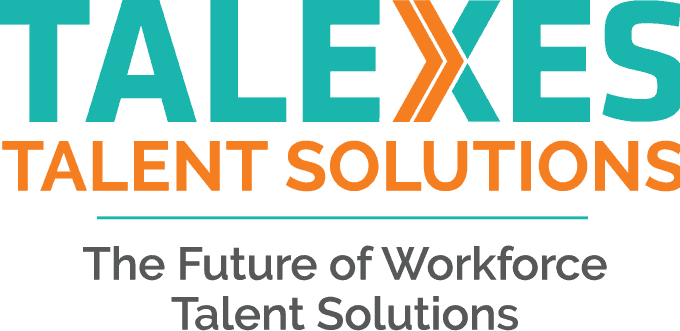Do your employees show up every day with passion and purpose? Are they putting forth their best effort? Do they feel appreciated and necessary? Unfortunately, a vast number of organizations would answer ‘no’ to one or even all of these questions. Letting your employees remain disengaged basically ensures your company’s performance will be less than satisfactory. Learn how to engage employees in your workforce to turn that underperformance into peak performance. Get to know your employees—their goals, stressors, excitements, and their definitions of success. Make sure your employees have everything they may need to be successful; this is as easy
The term “attrition” refers to the “unpredictable and uncontrollable, but normal, reduction of workforce due to resignations, retirement, sickness, or death; loss of material or resource due to obsolescence or spoilage.” This term employee attrition is often confused with employee turnover. Although they are similar, using the terms interchangeably can skew workforce data and affect workforce planning processes. The Houston Chronicle’s Small Business section clarifies the difference between turnover and attrition: Both attrition and turnover occur when an employee leaves the company. The difference is turnover can be the effect of a number of employment actions, such as termination, resignation,
It’s no secret that employee turnover comes with an excess of expenses. But most people only know about the obvious expenses—there is a whole list of hidden costs you might not be considering. While they might not call for literal payment, these costs do exist and can drain your organization’s dollars unknowingly. Toronto-based human resources consultant Tom Armour has given a name and description of each of these hidden costs.
BusinessDictionary.com defines succession planning as the “identification and development of potential successors for key positions in an organization, through a systematic evaluation process and training. Succession planning is largely predictive in judging an individual for a position he or she might never have been in.” Seems straightforward enough, right? Although it may seem simple, organizations often have trouble executing the succession planning process effectively.
Employees look to their superiors for feedback on their performance. Inc.com has provided 9 phrases that allow for constructive criticism to create a culture of team development. “Employee X has led to a major increase in Department X’s success because of…” This phrase not only indicates growth, it also identifies a cause and effect relationship between work efforts. Acknowledging the practices that work will encourage employees to continue these effective practices. “In the past year, Employee X has mastered skill x by consistently…” Taking notice of their improved skills will encourage employees to continue developing them. “I see Employee X
Employee satisfaction is a necessity for a successful, hard-working team. It is important to make sure employee satisfaction is present in your organization. This can be accomplished in a number of ways. But first, it is wise to look inward—a sort of self-assessment of the engagement in your workforce.
Local Waco business has cause for celebration as they enter international waters July 12, 2016 – Waco, TX. Today, a local organization announces its entry into Spain and the Latin American market. Talexes, an assessment company based out of Waco, TX, recently finalized a relationship with their International Strategic Partners. The news comes with the excitement of expansion, and gives Talexes and its employees cause for celebration. The expansion allows Talexes to achieve global market share through collaboration with their global strategic partners. Their International Representatives help them in their commitment to the workforce by providing the Talexes assessment solutions
A skilled athlete can only go so far without a skilled coach to accompany them. In the same way, a skilled employee needs a coach and mentor to prevent underperformance, and keep them on track and constantly progressing.
It’s no secret that entry-level candidates are avidly searching for jobs. So why is your organization having such a hard time finding them? As it turns out, a lot of it has to do with your organization’s recruitment process. There are 4 major aspects to consider in your recruiting process: quality of job posting, the application process itself, quality of the employer brand, and candidate experience. Let’s take a look at each of these to ease the struggle of hiring entry-level employees.
In some ways, hiring upper management employees is a completely different puzzle to solve than mid- or entry-level hires. Although the right person for the job varies by industry and company, there are still some common themes to use as guidelines when hiring upper management.









